Product Description
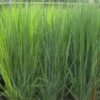
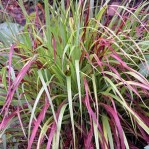
Panicum virgatum ‘Rotstraulbush’ – Red Switchgrass
Native/Non-native – Native
Hardiness Zone – 4-9
Sun – Full sun to light shade
Moisture – Average to moist
Size – 3-4' height x 1-2' spread
Comments
* Drought tolerant
* Burgundy-tipped leaves
Description
Panicum virgatum ‘Rotstrahlbusch’ – Red Switch Grass
The many attributes of Panicum virgatum are extended to the small garden by the use of the cultivar ‘Rotstrahlbusch’. With its upright form it is suitable for Japanese style gardens.
One of the earlier selections of red switch grass (often considered the best of the reds), and still a great choice for the border. A grass you scarcely notice until fall when the leaves turn red. This switch grass can be used very effectively when planted with fall blooming asters.
We carry three Panicums that have red foliage in the fall. Here are the differences between ‘Rotstrahlbusch’, ‘Squaw’ and ‘Shenandoah’:
- ‘Rotstrahlbusch’ has a more upright form than the other two
- ‘Rotstrahlbusch’ is the smallest
- leaves of ‘Rotstrahlbusch’ are slightly narrower
- ‘Rotstrahlbusch’ is the oldest cultivar and has withstood the test of time
- leaves are tinged with red all growing season; ‘Shenandoah’ starts green and the leaf tips turn dark red in July; ‘Squaw’ is green until fall
- the fall color of ‘Rotstrahlbusch’ is red; ‘Shenandoah’ and ‘Squaw’ are burgundy
- all three have pink to burgundy seedheads
Description: warm season*; sod forming (slow spreader)
Foliage is green, tinged with red during the growing season, turning bright red in the fall; 10 mm (3/8″) wide; 90-120 cm (36-48″) in height
Flowers Aug through Sept; 120-140 cm (48-56″) tall
Ideal conditions: full sun; prefers moist fertile soil, but adapts to a wide range of soil conditions
Coldest zone: 3 (find your zone; further info on plant hardiness)
Partner with: Aster, Boltonia, Sedum
Season of interest: July to winter
Drought tolerance rating: 2 (water to root depth once every 2 weeks); further info
The species is native to: prairies and open ground, open woods, brackish marshes from eastern Canada to central and eastern US and south to Central America.
Recommended spacing between plants: 50-100 cm (20-40″) why such a difference?
When to divide: when it shows signs of life in the spring, continuing until the new growth is about 12″ tall; only in the spring (further info on dividing grasses)
When to plant or transplant: plant bare root plants only in late spring to early summer, when the soil is warm, about the same time you plant your bean or corn seeds. The roots will grow only in warm soil. Planting too early in the spring may cause the roots to rot. Similar story in the fall when the roots may not grow enough to establish before the cold and wet of winter, resulting in the demise of the plant.
When to cut back: before the new growth starts to appear, but after the cold weather is over. Cut back to about 3-4″ from the crown of the plant.
Pronunciation: Panicum (PAN-ih-kum) virgatum (veer-GAH-tum)


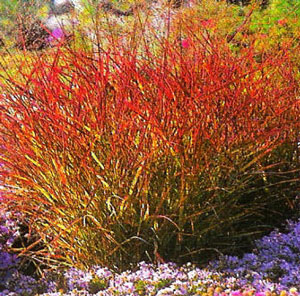

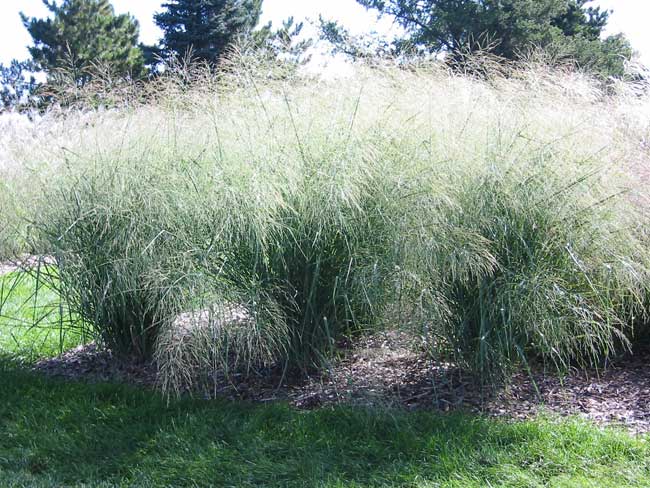
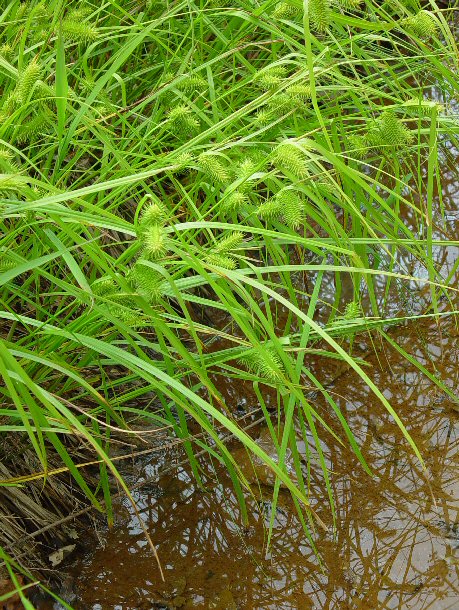
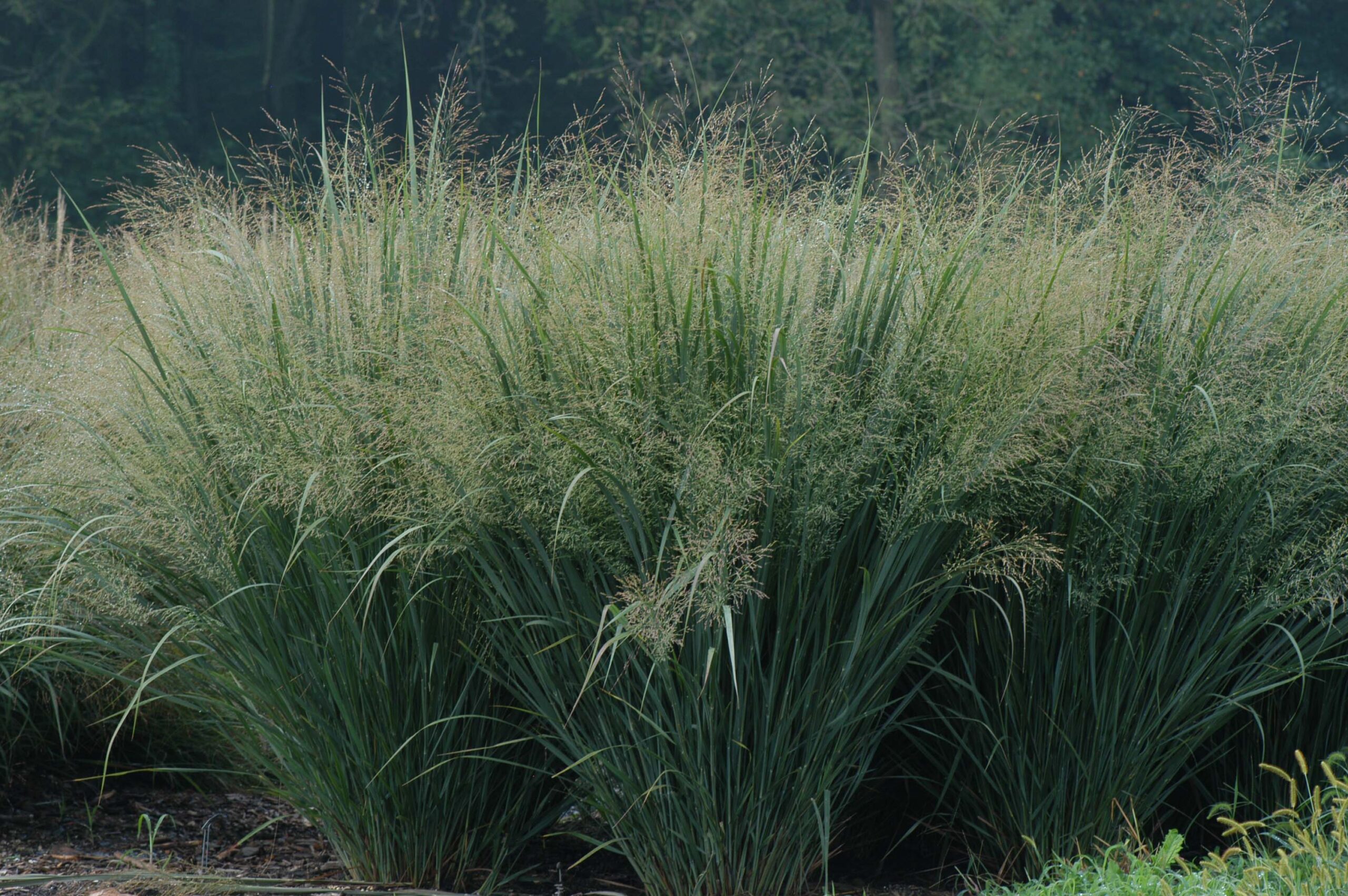

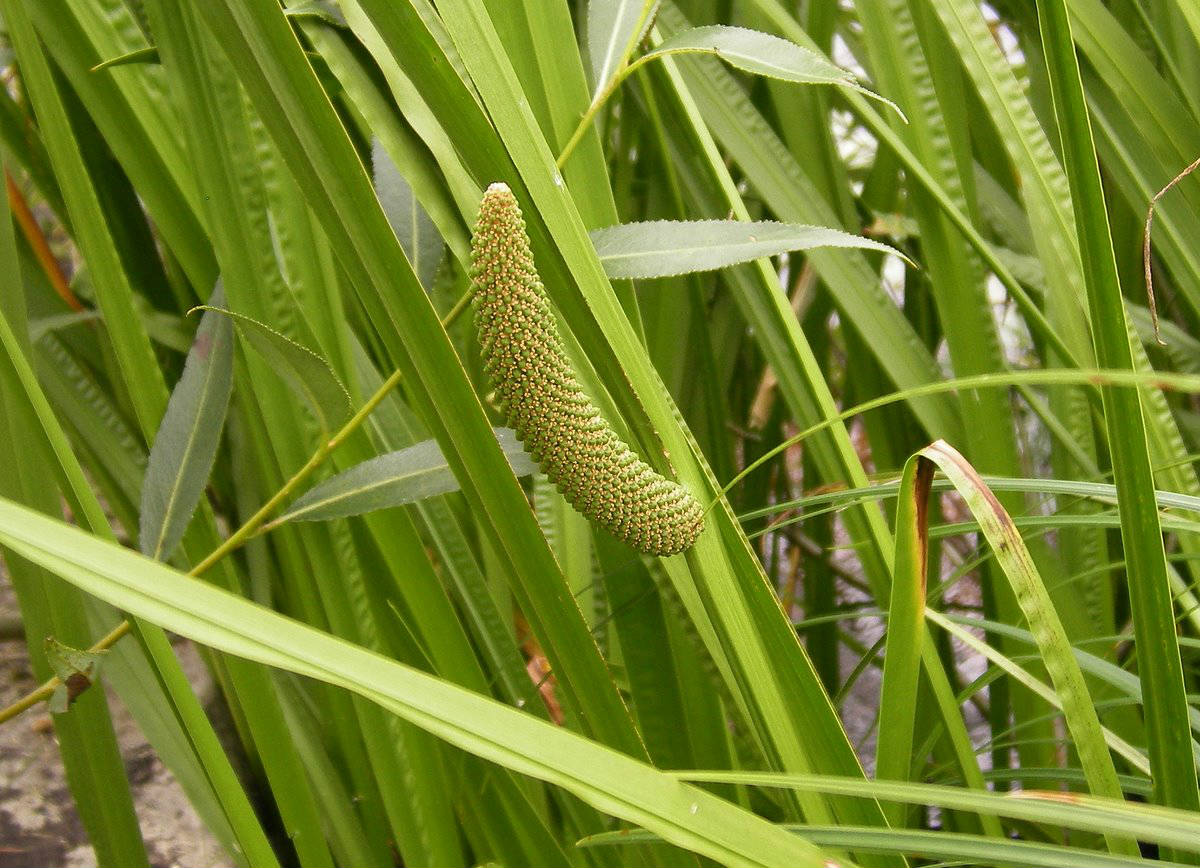
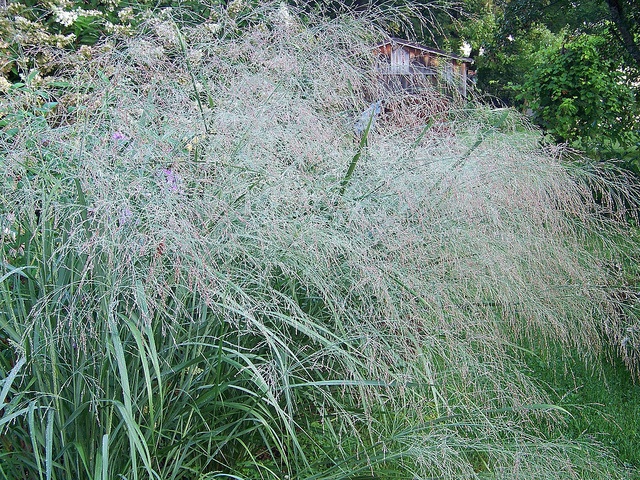

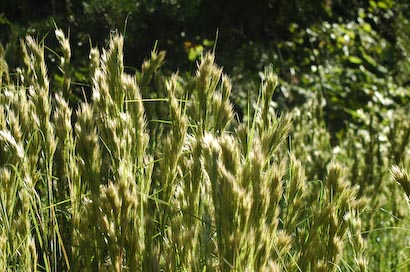

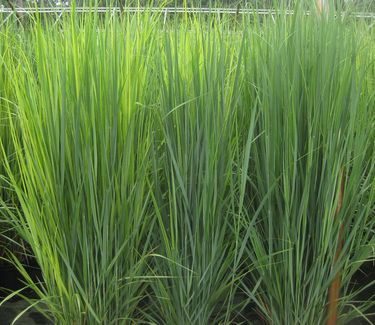
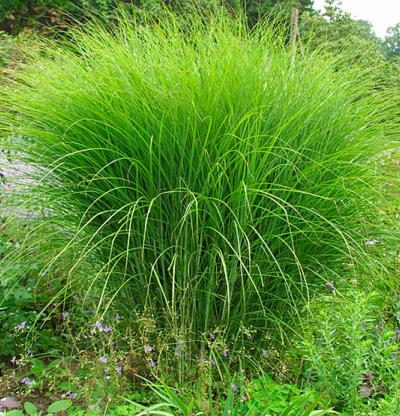

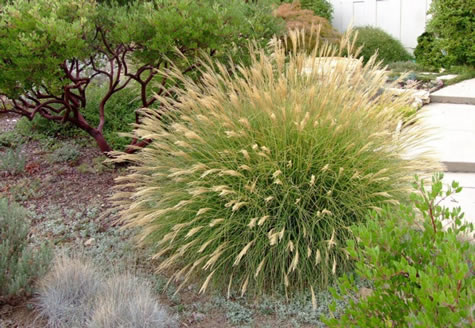


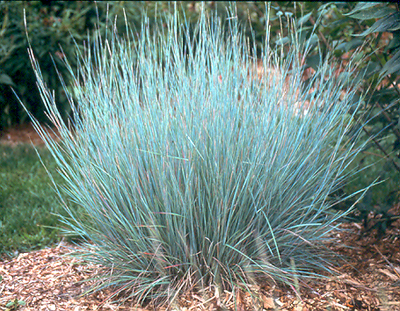
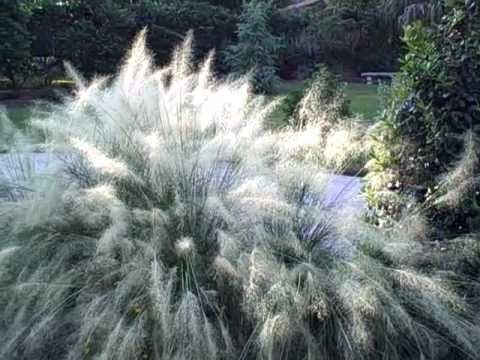

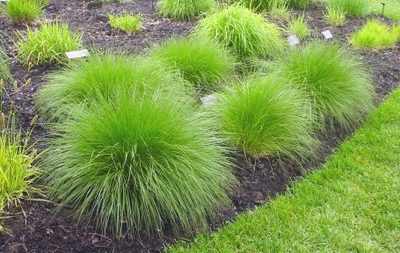

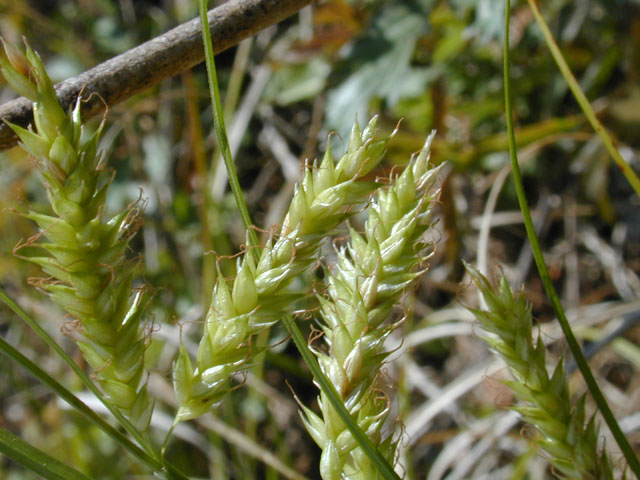
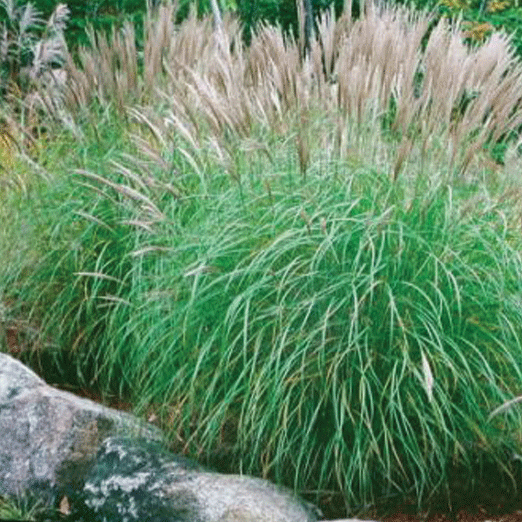
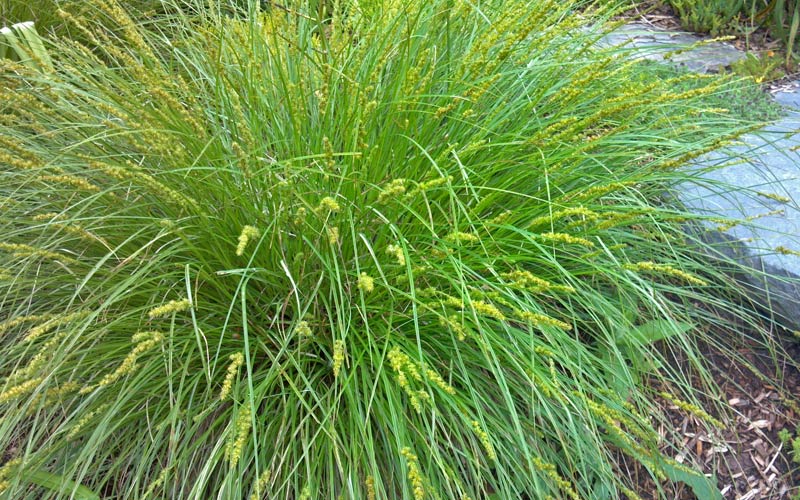
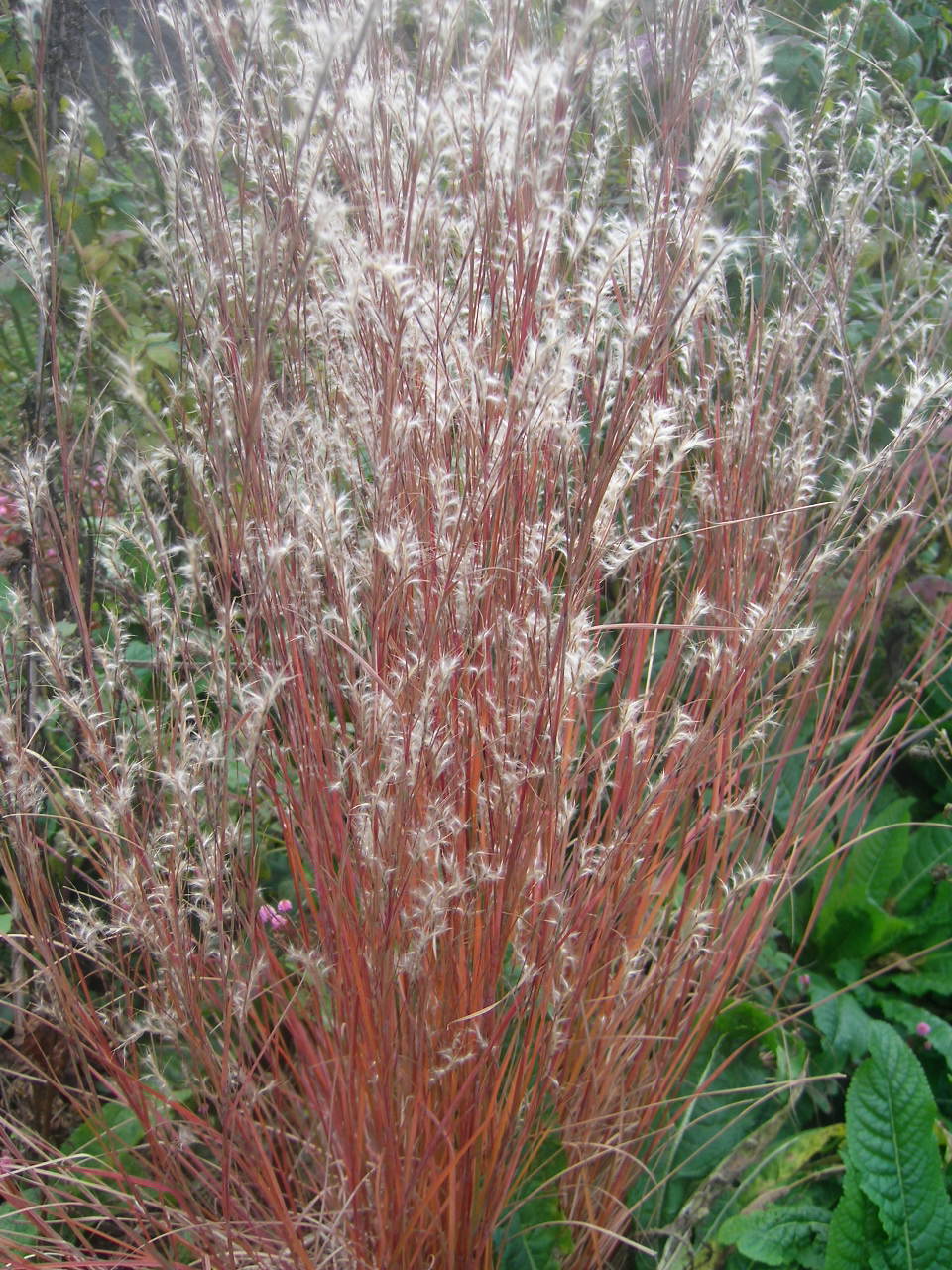
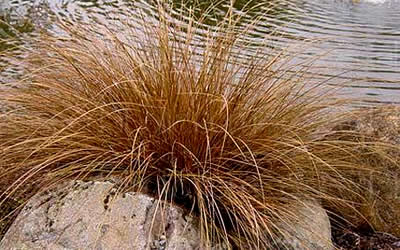
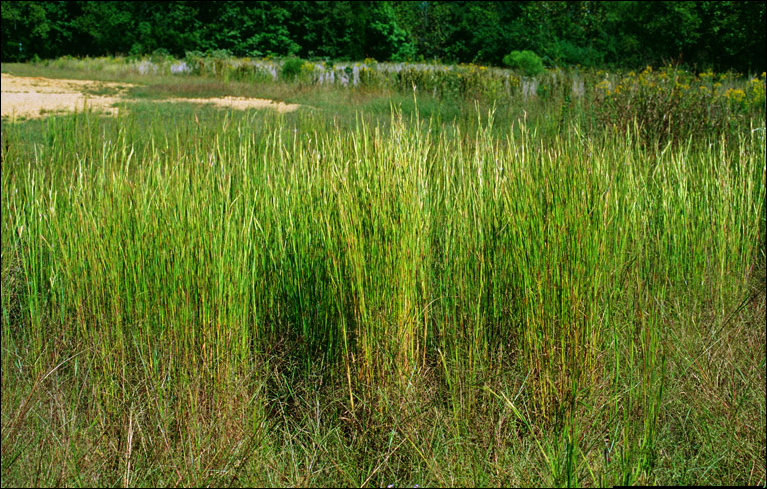
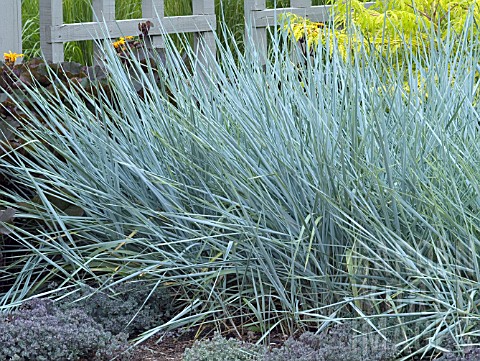
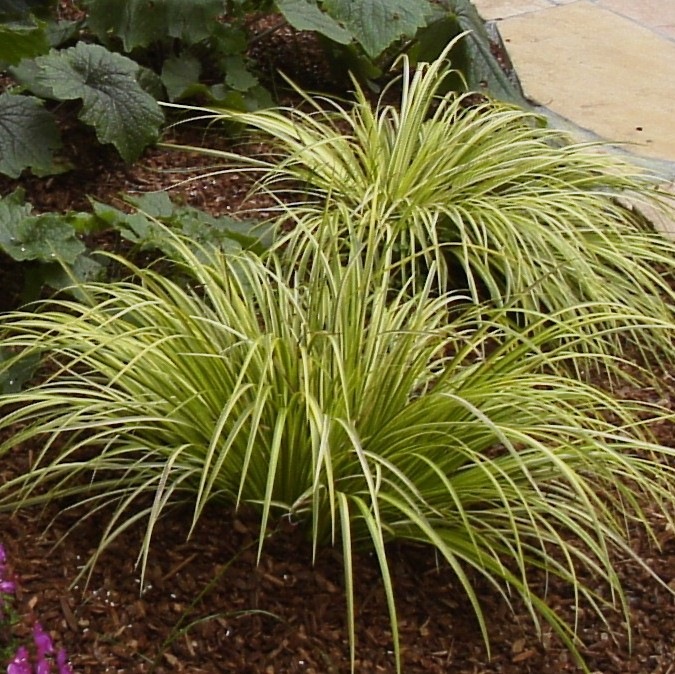
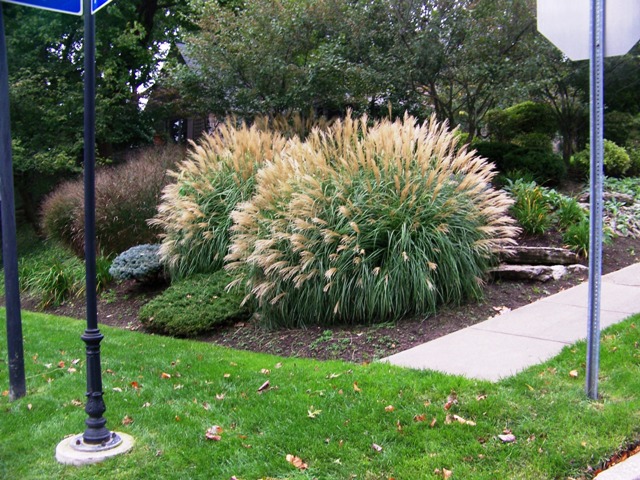
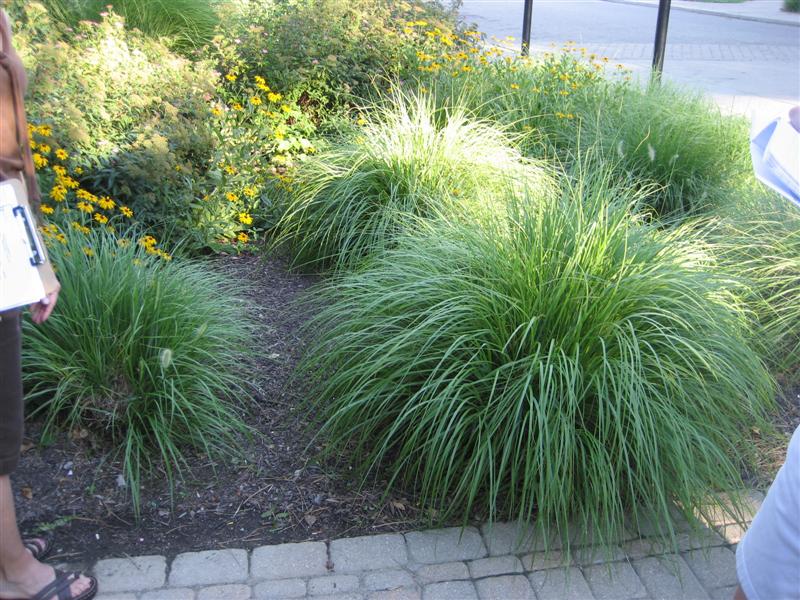
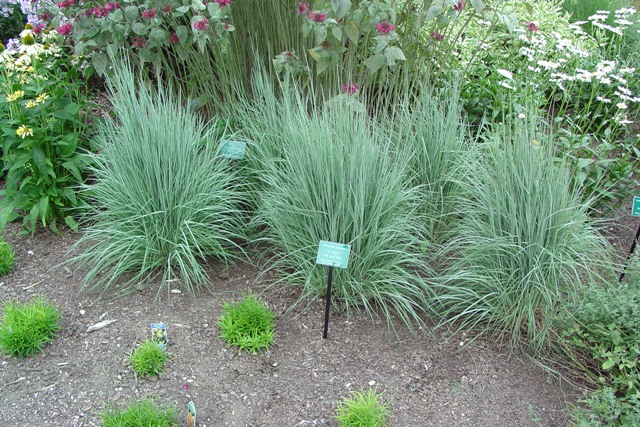


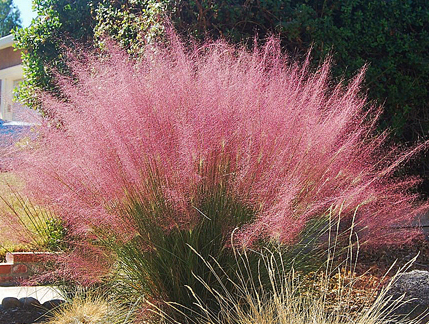
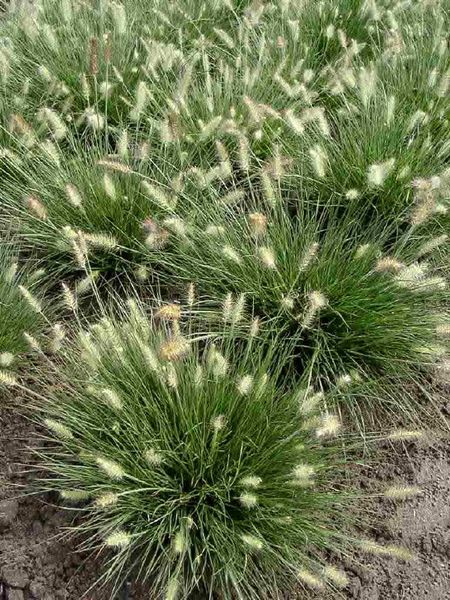

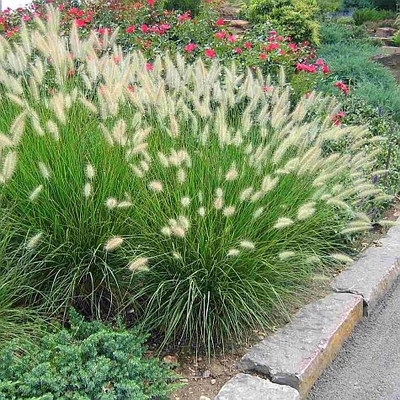

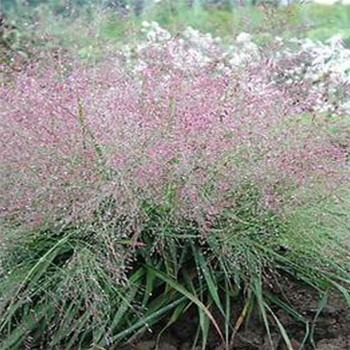
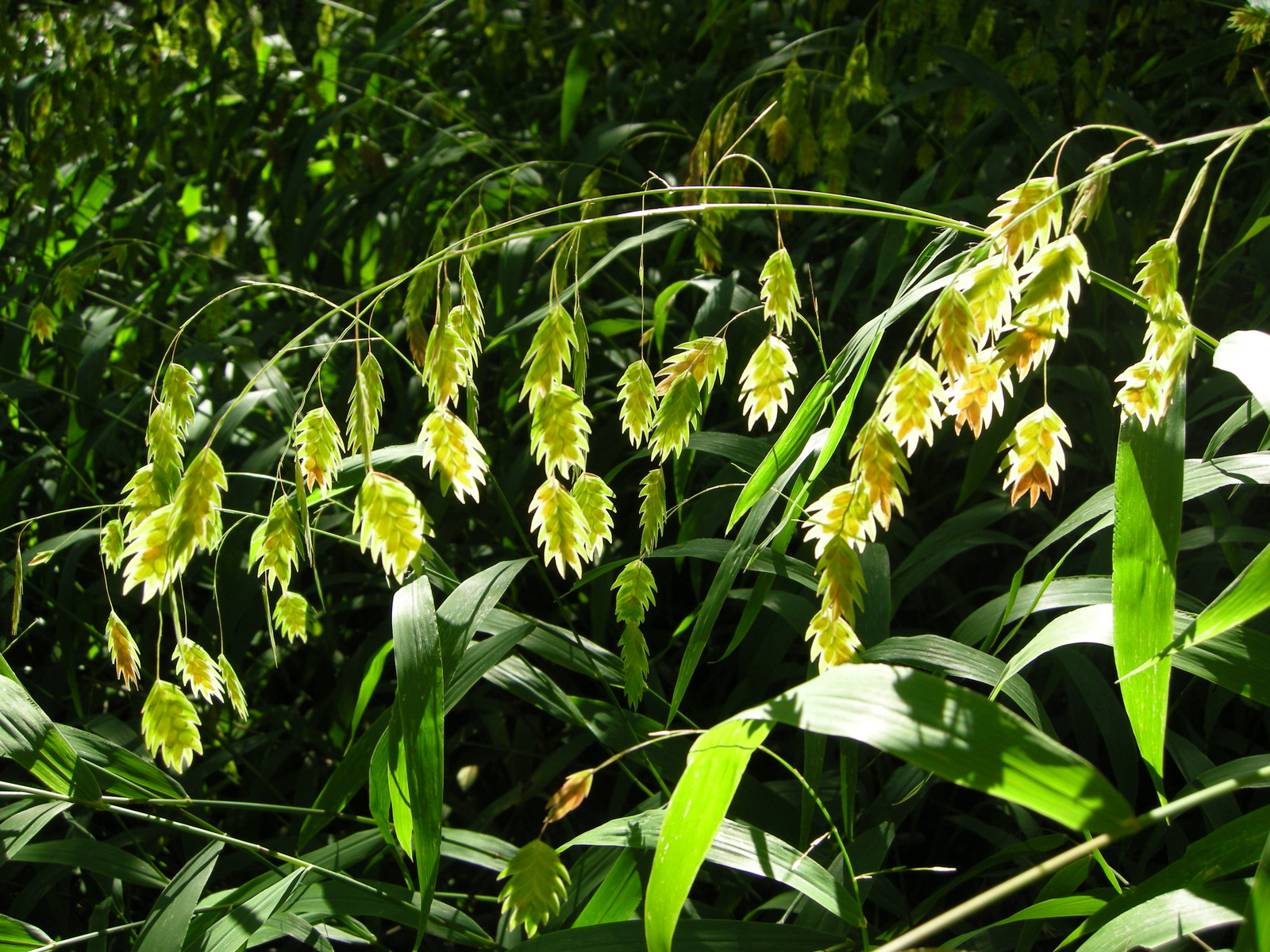
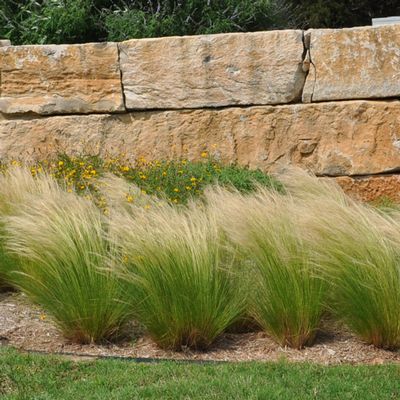

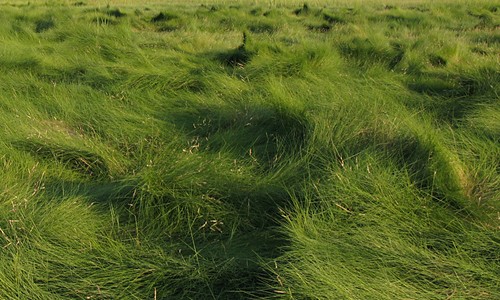
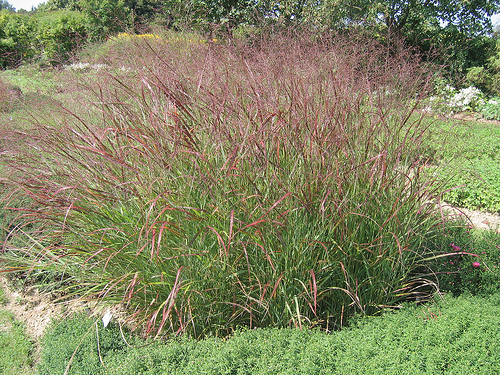
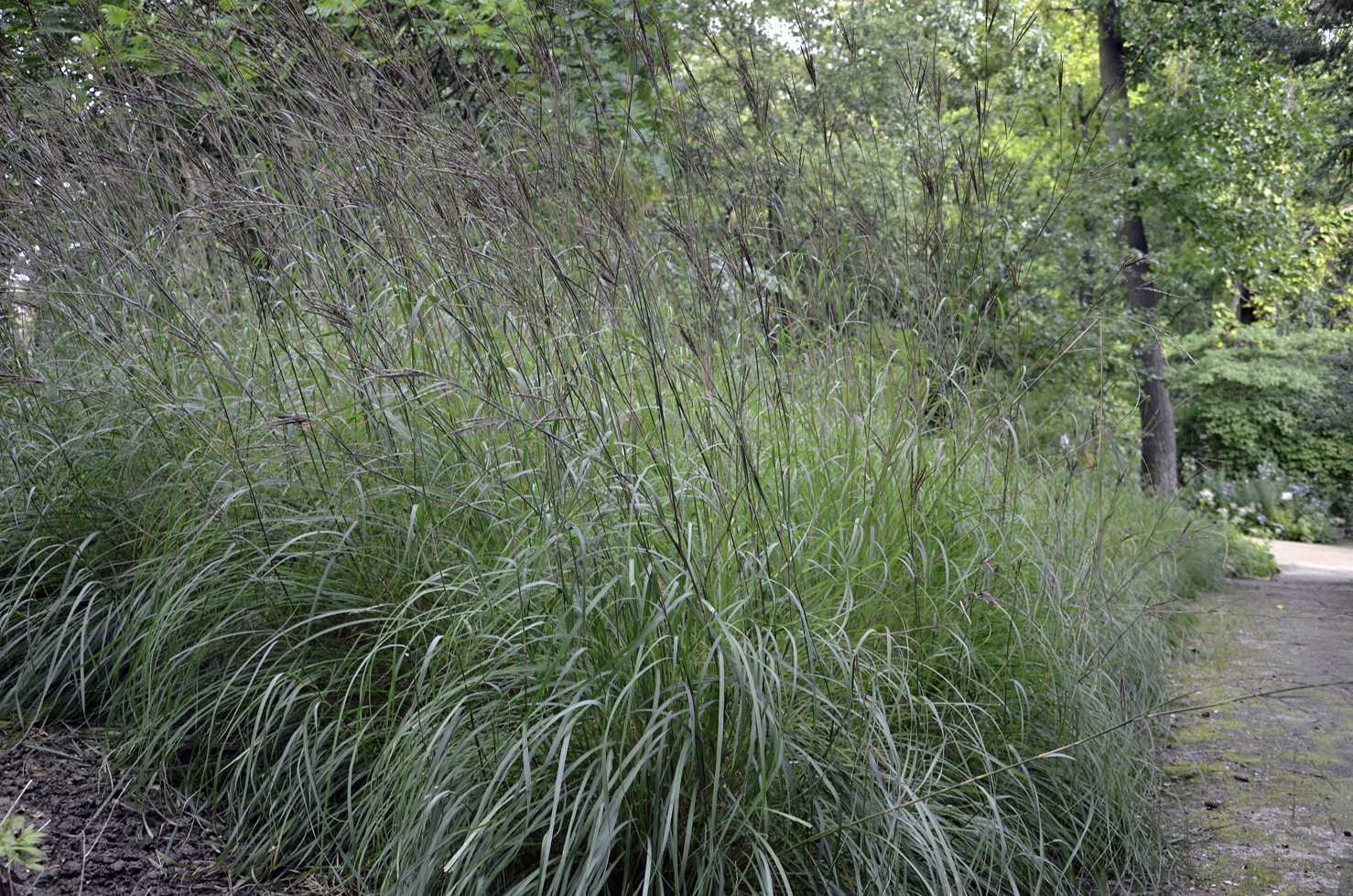
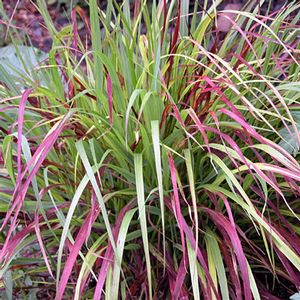
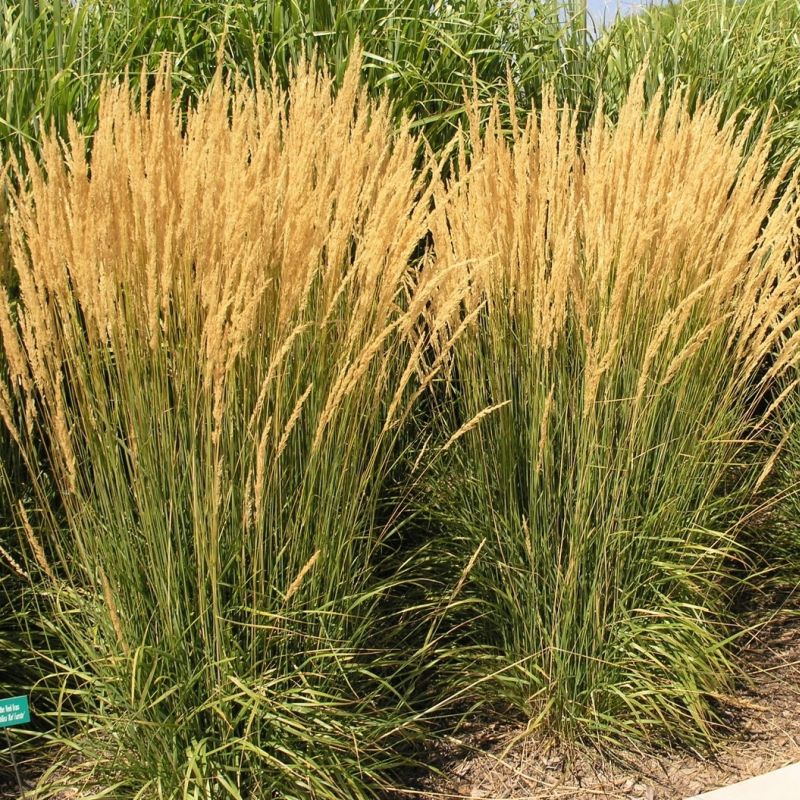

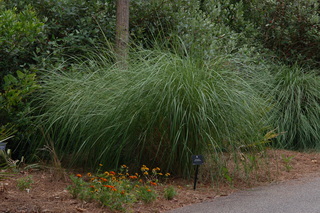
Reviews
There are no reviews yet.